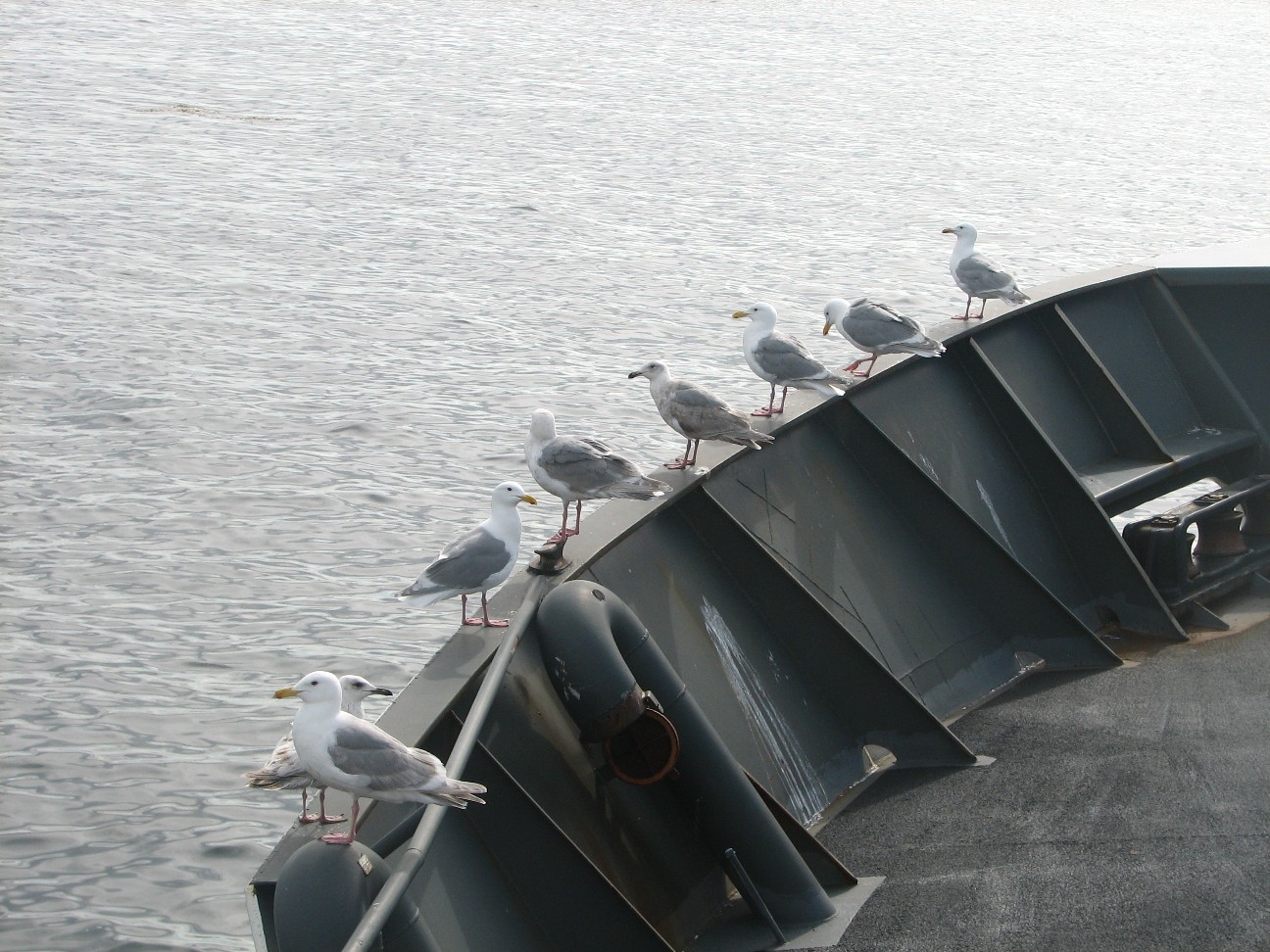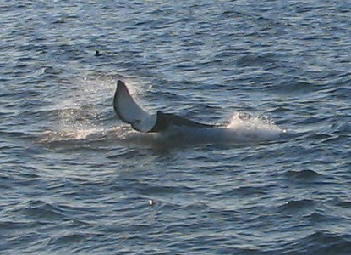


What is Shared Experience?
We define it as a virtual shared experience where a learning community can take a journey together. The project should be relevant, purposeful, engaging and curriculum based. “Don’t tell me, take me there.”
What does it contain?
The principal attributes of the shared experience model consist of a website with static pages about the project, and a blog where the day to day experiences can be posted and information can move both ways. Content should be dynamic and include text, graphics, audio, video and activities for the age groups involved.
For most projects, resource static web pages were created prior beginning. Each page with information should also include links to material around the internet so that students can do their own investigation if they chose. Static pages for the most part do not change during the project. In the Teacher At Sea Example, static pages included the pages on the ship, the type of fish studied and the Bering Sea. While on the trip, material was posted to a blog where student could read about, look at pictures, see video and hear audio of the day-to-day progress and can write back if they chose.
Audio portions of the site may include interview sound-clips, podcasts and sounds from the environment.
Video may include simple video clips of activities or wildlife or edited video and audio fashioned into educational video clips of short duration.
Specific components for the information include material for teaching and learning, information and resources to empower children to answer their own questions. It is important for the information to be dynamic and interactive wherever possible. The video and audio material on the Teacher At Sea project site were the most popular.
Process-Based Model
Information on a Shared Experience project is process based. In schools, curriculum is often presented as a finished product i.e. a statement indicating that there are fewer polar bears this year than last year, without reference to or creating awareness of the investigative process from which the information is derived. A day-to-day blog from a research vessel, as in the case of the Teacher At Sea example, gives learners the unique experience of viewing the process of scientific investigation first hand, with all the successes and failures as well as the rigors of complex research in remote areas. No matter what the content of the shared experience project is, the process orientation gives learners a unique window through which to view the material. For this reason, it is important to begin the project before the participating teacher leaves. This serves to train users in the use of the blog, build excitement for the project and allow learners to participate in the preparation for the project.
Flexible Teaching Model

This model of teaching is largely reactive. Teachers must be able to take advantage of opportunities for instruction as they arise both through circumstance and through the questions and comments students send. It is often necessary to begin the day without a clear idea of what material will be presented to the students at the end of the day. In situations that are new to the teacher, it is often more effective to listen to the ideas that present themselves rather than limit oneself to what a single idea for a day.
Asynchronous Distance Learning
One of the unique features of the shared experience model is that it is time independent. Users do not have to be on the computer at the same moment in order to communicate effectively. In any distance learning project, scheduling is often the most difficult task of all. If a distance learning opportunity begins at 10:00 AM and class begins or ends at 10:10 it is often not practical or even possible for teachers to re-organize the schedule of a school around a program or project. Time changes present even more difficulties. The author once witnessed a distance-learning project between schools in Japan and England, where students had to arrive at school early in one country and stay late in the other. Though it is possible to arrange these types of opportunities, they are often not practical on a large scale. The Teacher At Sea example, involved many classes in different schools on different schedules, a four hour time change and a complex ship’s schedule to consider. The asynchronous model was not just a convenience, it was a critical part of the model that made the project possible on a large scale and for a long period of time. Blog entries from Alaska were often posted long after the students on the east coast were in bed and were read in the morning, often before the day began in Alaska.